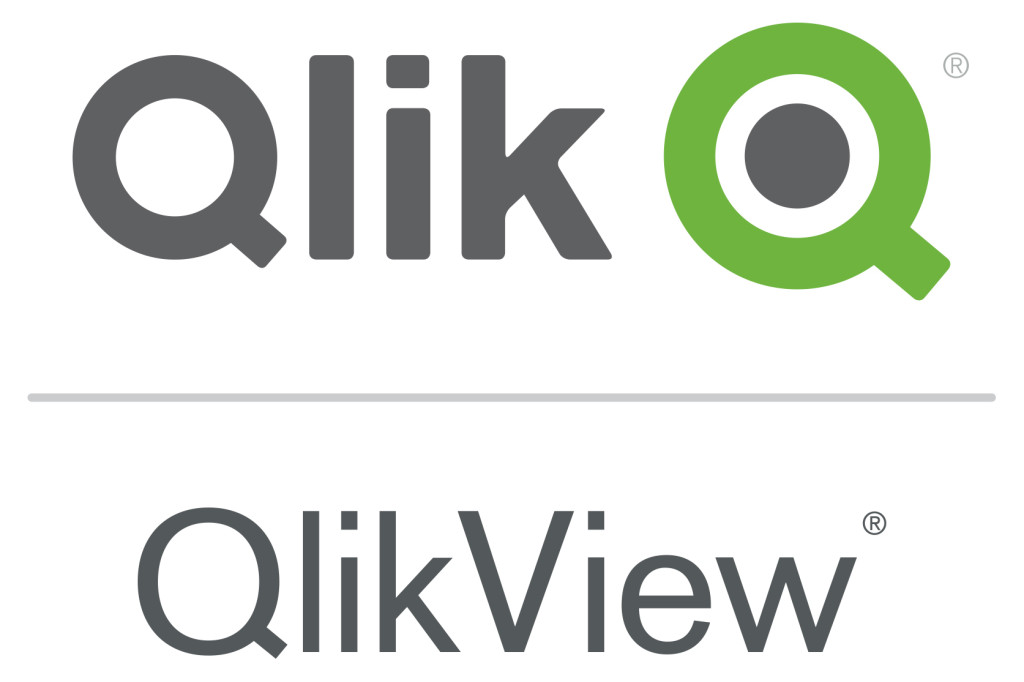
As part of the April releases of Qlik, a new version of QlikView was introduced to the market. The release is directly related to the new Qlik Analytics Modernization Program.
It allows customers to automate the upload of local QlikView documents to the Qlik Sense Enterprise cloud hub for consumption. In this way, QlikView users will be able to take advantage of an up-to-date and modern platform without losing the investment they have already made in QlikView. The Analytics Modernization Program thus simplifies the parallel use of QlikView and Qlik Sense. For a unified licensing, signed license keys are supported in QlikView Publisher, too.
Support for IE plugin and extensions
In addition to automated uploads of QlikView documents to the Qlik Sense cloud hub, the Analytics Modernization Program offers other helpful options and functionality. The QlikView Internet Explorer (IE) plugin for QlikView applications is now supported in the cloud version of Qlik Sense Enterprise. In addition, accessibility and geo-analytics enhancements are now available for QlikView in Qlik Sense Enterprise SaaS.
Other new features
With the new version, QlikView can also read and write encrypted QVD files – similar to Qlik Sense QVD Encryption. In addition, the “Exclusive Percentile” function and the ability to send QDS (QlikView Distribution Service) alarm messages to security groups are now supported.
More robust QDS in case of system failure
In order to prepare the QDS for a possible system failure, QlikView April 2020 has also been equipped with special functions in this area. For example, the QMC (Qlik Management Console) now displays “Cluster is down” in the task menu, if the load balancer is locked. In addition, QlikView now only tries to reopen a file for 10 seconds (instead of for a minute), resulting in faster response in logs about locked files. If QlikView is unable to grab Loadbalancer.xml on disk, it will use the in-memory cached load balancer (if available) instead. In addition, e-mails about “Cluster is down” can now be sent by setting up the configuration parameter “ServiceFailureAlertEmailAddresses” in the QMS program files.
